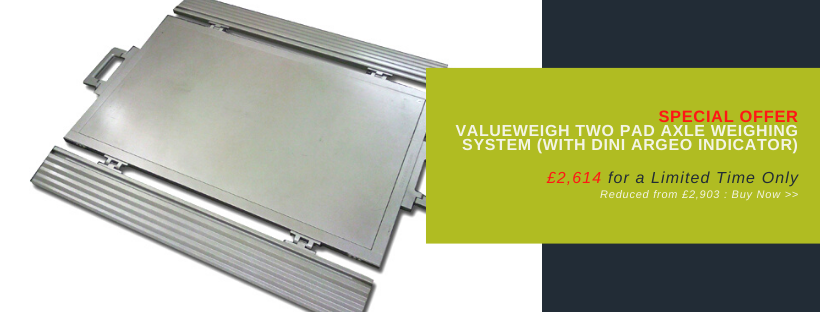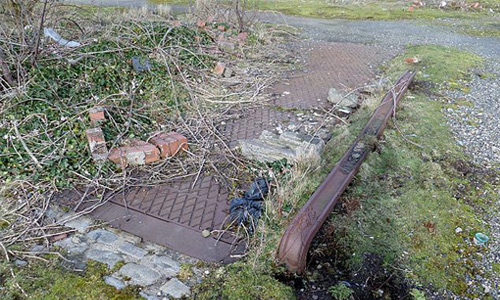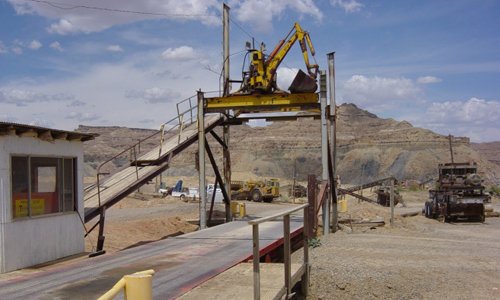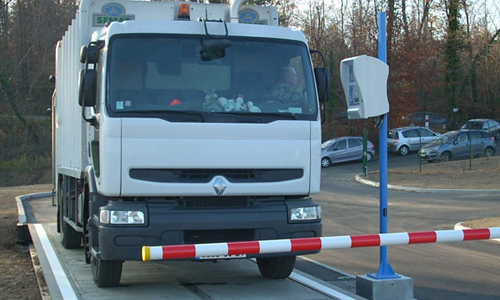A Brief History of Weighbridges
- 1 Oct 2021
- 0 Comments
If you’re not already familiar with weighbridges and what they’re used for, they are essentially very large scales that vehicles drive over and can be weighed. The scales can sit on top of the road (surface weighbridge) for ease or integrated into the road (pit weighbridges) for a more permanent and discreet solution. The weighing of incoming and outgoing vehicles allows businesses to know how much product is leaving their facility, without other costly or intrusive methods. Due to their simple effectiveness, weighbridges are used in practically every industry across the world.

Weighbridges first became popular in England in the 19th century as a method for turnpike trusts to charge road tolls based on the weight of the vehicle using the roads. At the turn of the industrial revolution, weighbridge frequency increased dramatically, especially in station yards with the expansion of canal and railway use.
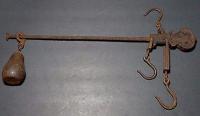 Early weighbridges were constructed almost entirely out of wood with a system of levers and knife edges, often connected to a steelyard balance for weighing the vehicle (or livestock) on the weighbridge.
Early weighbridges were constructed almost entirely out of wood with a system of levers and knife edges, often connected to a steelyard balance for weighing the vehicle (or livestock) on the weighbridge.
The technology did not change, besides becoming more efficient and accurate, until the mid-20th century, when the bridges became constructed of steel and the steelyard balances were replaced with complex dial systems.
With the invention of versatile electronics and the ‘load cell’ in the 1940s, the late 1970s saw weighbridges evolve into fully electronic machines and their abundance began to sky rocket and older, lever based, weighbridges were converted to more up-to-date technologies.
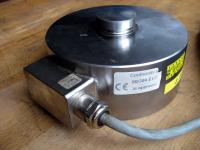 The ‘load cell’ is an electric pad that measures force applied to it and outputs this information as a change in voltage. This technology not only gave weighbridges a method of operating electronically, they also offered a simple cheap method of converting analogue ‘old’ weighbridges to electric.
The ‘load cell’ is an electric pad that measures force applied to it and outputs this information as a change in voltage. This technology not only gave weighbridges a method of operating electronically, they also offered a simple cheap method of converting analogue ‘old’ weighbridges to electric.
By the 1980s, fully electronic weighbridge production began to increase. This was due to the previous electric conversions, whilst cheap to convert, became expensive to maintain and specialists in the ‘legacy’ weighbridge technology began to decline.
New fully electronic weighbridges became very popular. The use of electronics meant that they no longer required to be placed underground, with room for maintenance underneath. Electronics meant they could be small, portable and simple sit on top of the road (or in much shallower pits). This dramatically lowered the cost of installation, maintenance, and future upgrades.
Today, the load cell arguable plays the most important part in weighbridge design and operation. Advancements in weighbridge load cell technology allow them to have greater environmental protection as well as making them more accurate and durable.

